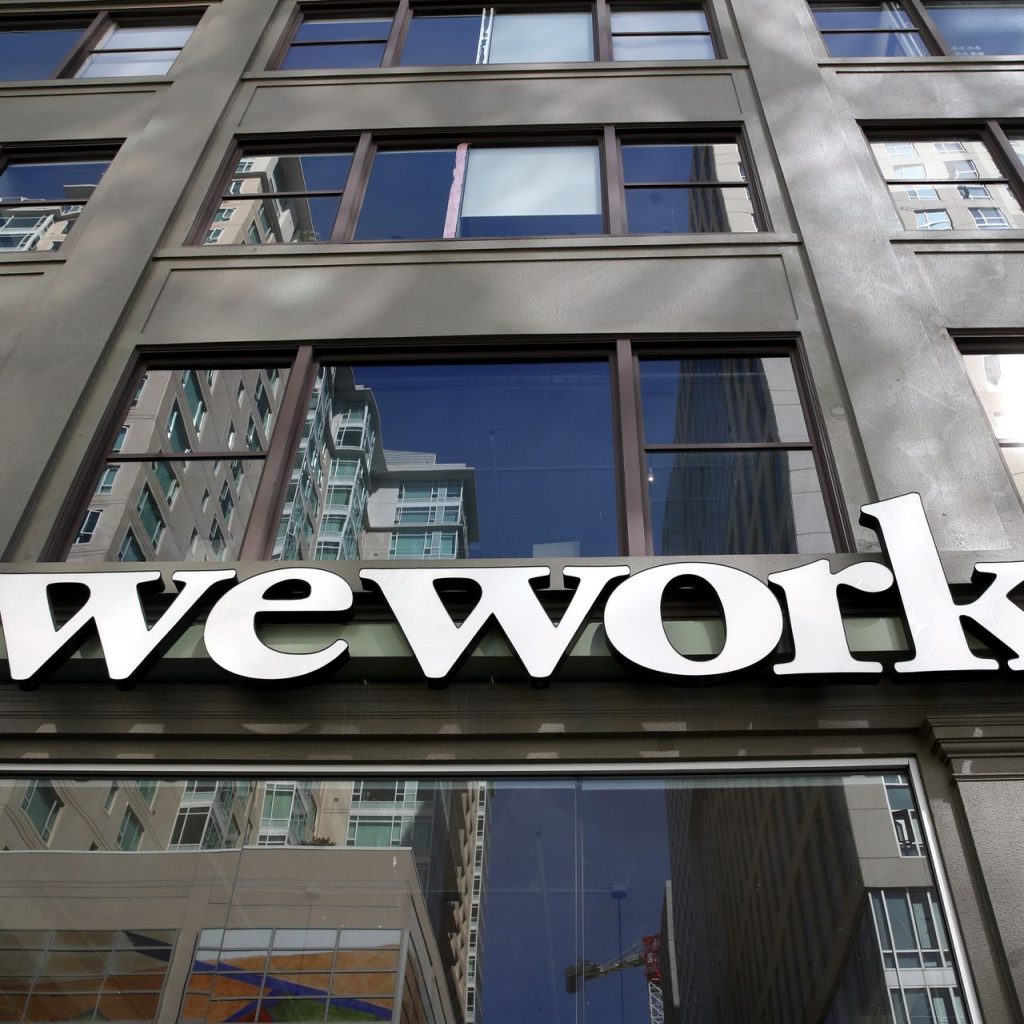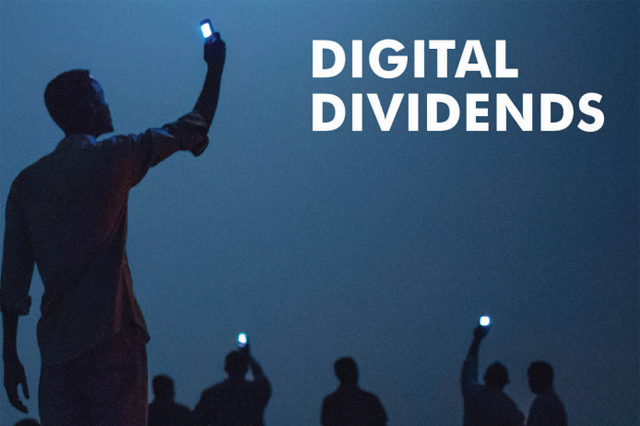In the old days, people who used a payday lender or pawn shop to help pay their bills were mostly lower income and perpetually cash poor. Today, perhaps due in part to rapidly rising rental costs, new types of payday lenders and borrowers are appearing.
Emergency rent loans for tenants
An emergency rent loan is usually a one-time loan used by tenants to pay their monthly rent. Renters may have trouble covering the rent due to unpredictable incomes or the sudden loss of a job. Payday rent loans help tenants avoid eviction and late payment fees from the landlord.
If approved, tenants applying online for a rent loan receive fast funding that may not require a credit check or a co-signer. The trade off is the interest rate. As with pawn shops and other payday lenders, rates are much higher than those found with a traditional bank.
How payday rent loans work
Emergency payday rent loans can be used for more than just the monthly rent:
- Security deposit
- Rent in advance
- Rent payments
- Eviction prevention
- College student rental expenses
Two examples of online rental loan companies are Domuso and Till.
Domuso
Domuso is a property management system and payment portal that “lets tenants in sticky situations pay late rent over time.” Tenants can request an installment loan to pay for a missed month of rent. Repayments are spread out over 6 or 12 months, and approvals take less than 30 seconds:
Domuso admits its loans are more expensive than a traditional bank, but believes their rates are “competitive when compared to credit card rates.” Interest rates on unsecured credit cards currently range between 20% and 26% depending on the borrower’s credit score and payment history.
Till
Till describes itself as a financial services platform that improves residential landlord revenue by helping renters achieve financial stability. The company’s programs include free access to financial literacy videos, budget calculators, and how-to-guides so residents are prepared for whatever comes their way.
And when something does come their way, Till is there to help:
Till pays the landlord directly when a renter uses a loan and Till is responsible for collecting loan payments from the tenant. Till makes unsecured loans and says it doesn’t garnish wages or inhibit the tenant’s ability to pay rent in the future.
In the meantime, consumer debt keeps growing
According to the New York Federal Reserve, consumer debt has increased for 17 consecutive quarters. In Q3 of 2018 consumer debt reached a record $13.51 trillion, up $837 billion from the previous peak in 2008.
- Outstanding student loan debt stood at $1.44 trillion, an increase of $37 billion from the previous quarter
- Credit card balances rose $15 billion from the previous quarter and stood at $844 billion as of Q3 2018
Millennials just can’t catch a break
In a recent article in the Wall Street Journal, “Rising Rents for Millennials Give Rise to a New Breed of Lender”, 22-year-old Jennifer Burnes explained why she uses a payday rent lender:
“You know the check’s on the way, you just don’t know when, exactly.” The sporadic paychecks from her work as a model and designer in Hollywood make paying her monthly rent on time difficult.
Millennials like Jennifer spend about 45% of their income on rent, according to a study by RENTCafé. And the number of millennial renters keep growing. The Pew Research Center notes that in 2016, 65% of the households headed by people younger than 35 years old were renting, compared to 57% in 2006.
Low-tech alternatives to getting a payday rent loan
Of course, there are more traditional but decidedly low-tech alternatives to paying the monthly rent besides getting a payday rent loan:
- Talking to your landlord
- Cutting expenses
- Getting a second job
- Finding a roommate
- Looking for a new apartment
When debt and the cost of living become too high, some people are even opting to flee the U.S.
29-year-old millennial Chad Haag was recently interviewed by CNBC about why he chose to leave the country rather than deal with his student loan debt. Unlike other forms of unsecured debt, the U.S. Government can garnish wages and tax refunds of student loan borrowers – but only if they live and work in the U.S.
When asked if his loan debt weighs on his mind, he replied, “It’s kind of like, if a tree falls in the woods and no one hears it, does it really exist?”
Join Our Newsletter!




